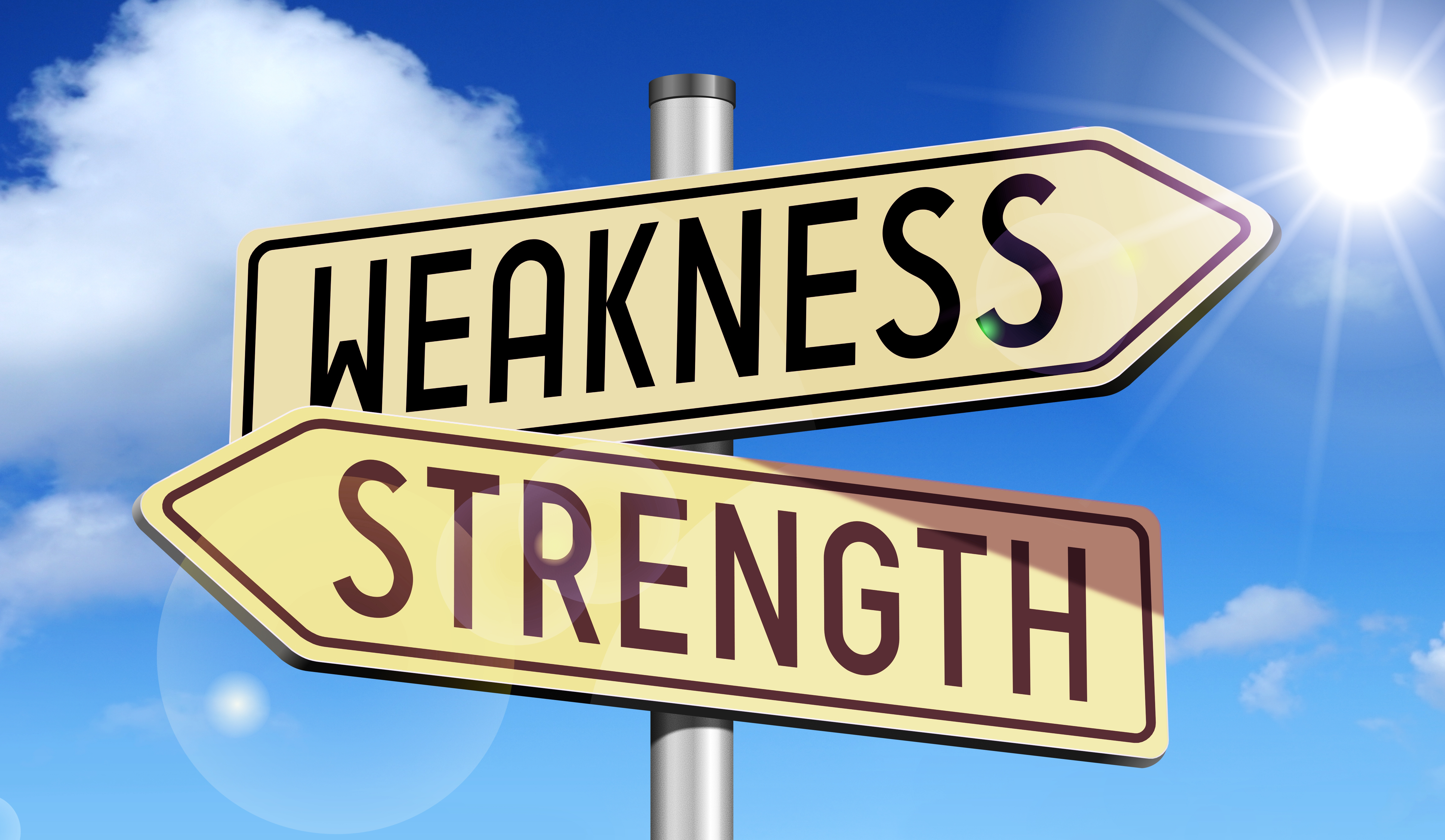First developed over 20 years ago, strengths-based assessments have been growing in popularity in recent decades among people leaders, coaches, and consultants. This is hardly surprising given the considerable benefits they offer organizations across virtually every stage of the talent lifecycle. Studies show that when organizations incorporate strengths-based assessment and development practices into their people strategy, they can achieve significant gains in both people and business outcomes. The ROI of strengths tests includes improvements in hiring outcomes, performance, engagement and retention, employee development, career progression, teamwork, well-being, and financial results.
Strengths and talent assessments are essentially measuring the same thing. They are both performance-based measures of the underlying qualities that energize people and enable them to do their best work. The main difference is that assessments describing themselves as “talent assessments” recognize an important distinction between talents and strengths that is often overlooked. One’s talents need to be optimized through skill building and experience to deliver value to the organization and be regarded as strengths by others. For example, one of my top 5 talents on the TalentPredix™ profile (which measures 20 critical work-related talents) is Leading. This means I am energized by inspiring and guiding people to achieve shared goals. However, over the years, I have had to develop a lot of skills, behaviours, and agility in the way I use this talent so that it is used effectively, creates a positive impact and is considered a valuable strength by others. At TalentPredix, we therefore talk about strengths being “fully optimized talents”.
Unlike popular personality tests such as MBTI and DISC, strengths-based assessments don’t pigeonhole people into oversimplified, and sometimes imprecise, personality types and categories. Instead, they focus on understanding what’s unique and different about people’s talents and behaviours and how people can bring the best of themselves to their job and career. Even when people have similar talents and strengths, strengths assessments recognize that people will apply them in different ways, depending on their aspirations, motivations, values, and background.
After 2 decades of use around the world by all types of organizations, strengths assessments must now evolve and adapt to the fast-changing needs of a modern workplace. Yet, in recent years, we have seen very little evolution of strengths-based assessments. Like many well-established personality tests, it appears that strengths tests have been slow to adapt and embrace innovation. To move strengths assessments into the new world of work, our team has created a next-generation strengths assessment that examines how combinations of talents, values and motivations can help people achieve higher levels of performance, career thriving and well-being at work. To reflect the fast-changing, volatile world we now live in, one of our four talent zones measures “Navigating Change”, which we define as “navigating and responding effectively to change”. Surprisingly, none of the other strengths assessments on the market today measures this vital strength area in such a targeted way. Uniquely, our assessment also examines the specific behaviours that show up when people overuse their strengths, in other words, when they use them too much or in the wrong way. For example, when one of my strengths, “Creativity”, is overused it can lead to me coming up with ideas that are unrealistic and unworkable
Yet there is plenty of work still to do by strengths test publishers and strengths practitioners to keep these assessments relevant and value-adding in future. Some of the opportunities for further research and innovation include:
- How do different combinations of strengths help us predict important employee outcomes, including job performance, engagement, readiness for progression, well-being, etc.?
- How do strengths combine with values, motivations, abilities, and other key human success factors to predict job success and other important employee outcomes?
- How can strengths assessment and development help employers bridge critical skills gaps in the workforce and support upskilling and reskilling so they are fit for the future?
- How can strengths-based approaches help employers create more flexible and motivating career options and pathways for employees?
- How can teams combine and leverage diverse strengths to generate better team cohesion and results?
- How can different strengths enable people to navigate major transitions (incl. onboarding, career changes, promotions, redundancies, retirement, etc.) effectively in ways that are meaningful to them?
- How do overused strengths (and combinations of strengths) impact performance and relationships and which pose greater career derailment risks for leaders and other employees?
There is another important opportunity where we believe strengths-based assessment and development tools could play a vital role in future. We would love to see other strengths test publishers, HR and L&D practitioners, and voluntary sector organizations working more closely together to bring the enormous benefits of this approach to the growing numbers of disadvantaged and marginalized job seekers and employees. A strengths-based hiring and development approach can help these people by empowering them to present their strengths, skills, and other standout qualities to employers in the best possible light. Moreover, by valuing and developing their strengths, disadvantaged job seekers and employees will develop self-confidence, agility and resilience, vital attributes to secure meaningful employment and progression. There are dozens of ways to help these groups. For example, TalentPredix provides significant discounts to companies in the voluntary sector and contributes a percentage of our sales revenue to charities helping disadvantaged job seekers.
Strengths assessments are now widely adopted by organizations in the UK and globally for numerous talent applications, including hiring, employee development, team building, creating great places to work and career progression. However, after two successful decades, strengths test publishers and practitioners need to adapt and innovate their tools and practices to meet the changing needs of the modern workplace.
Click here to discover how we help organizations unleash exceptional talent and thriving workplaces.




